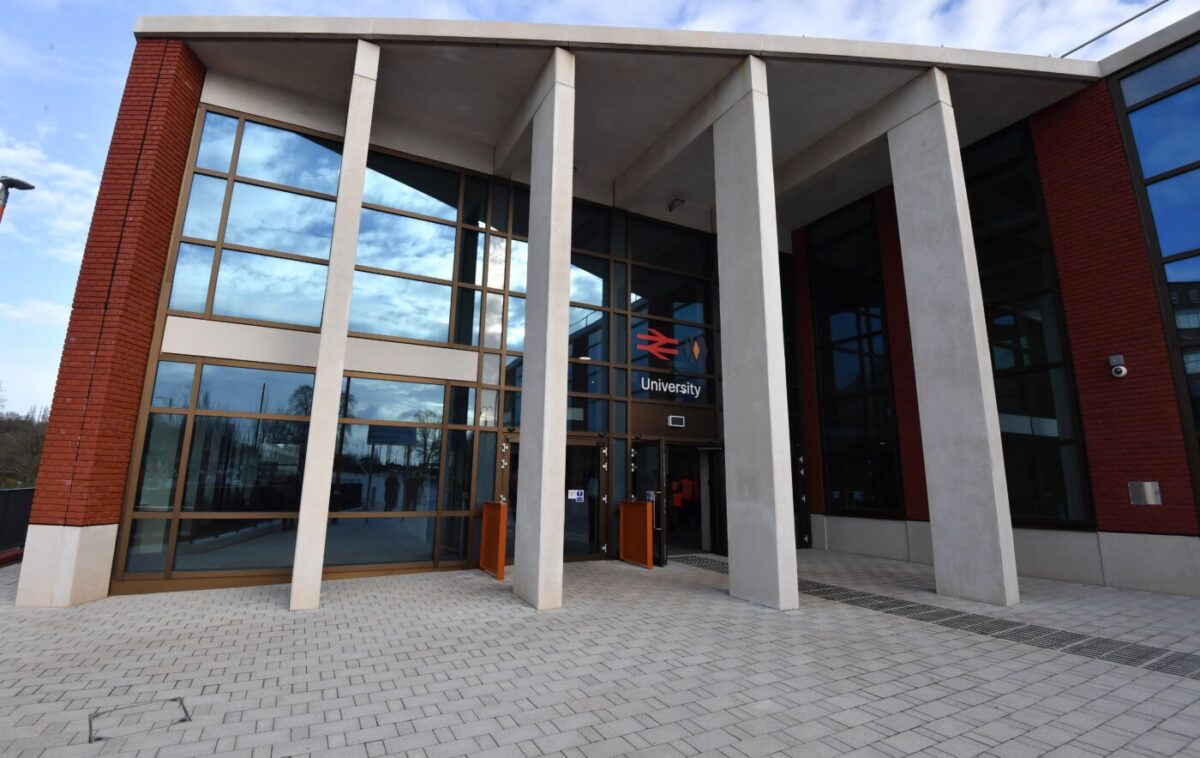The original University station was built in 1978 and designed to accommodate 500,000 passenger journeys a year. Between 2018 and 2019 there was just under 4 million passenger journeys through the station, making overcrowding a serious issue. This number was anticipated to reach 7 million by 2069. The redevelopment is part of the innovative West Midlands Rail Programme, led by Transport for West Midlands and the West Midlands Rail Executive.
The ambition of this scheme meant that it could not be funded by a single body or built in the traditional manner. Because of the focus on collaboration, all partners managed to secure a remarkable mix of funding from across the rail industry and private sector.
The complexity and sheer scale of the work that needed to be carried out provided challenges. However, through innovative working practices, we over came major construction challenges such as key works to the canal running parallel to the station and the installation of the new canal footbridge.
The project has turned an overcrowded station into a world-class facility with:
- two state-of-the-art station buildings
- a rich and spacious public realm area
- a world-class gateway to some of the region’s world leading institutions
- new entrances and exits
- wider platforms with new canopies
Three Winning Facts:
- This was a complex new building on a constrained site, delivered while the existing railway and station remained in operation.
- DfMA and MMC were used wherever possible to provide robust, high-quality low-maintenance finishes and assist the construction programme. Off-site manufacture was considered for the main superstructures, the railway footbridge and pre-manufactured canopy assemblies for the platforms.
- The project benefited from Early Contractor Involvement during the GRIP 4 scheme design. This was then enhanced during the GRIP 5 detailed design to eliminate a significant service diversion, improve the substructure construction, and use MMC to deliver a high-quality alternative to the original cladding proposals.

